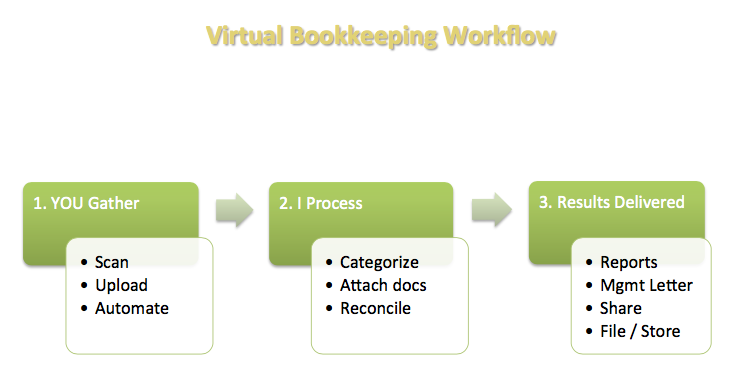

- Freelance bookkeeping wants to w2 employee how to#
- Freelance bookkeeping wants to w2 employee software#
In the example above, Bruce Banner’s profession is working as an Avenger. This box describes the industry you work in. The important thing is that the tax ID number listed here matches any 1099-NEC’s you receive. If you do have an employer tax ID number, leave the Social Security box blank. If you haven’t registered for an employer tax ID number, use your Social Security. You’ll fill out either this box, or box D, never both. If you have an LLC you’re registered under, you can use the business name here. In most cases, this will be your personal name. We’re going to review this in detail below. The first section of the Schedule C is reserved for your business information. So for our Schedule C walkthrough we’re going to look at how Bruce Banner - also known as The Hulk - would complete his tax form.
Freelance bookkeeping wants to w2 employee how to#
How to fill out your schedule C, step-by-step So for example, if you drive for both Uber and Doordash, you could combine those activities on a single schedule C, since they both fall under the umbrella of driving services. The goal is to keep all similar or related activities together. The reason is that certain write-offs are only available to certain industries, so if you mix together your different ventures on a single schedule C, it’s much more likely that your return will get flagged and audited. For instance, if you DJ on the weekends and sell custom t-shirts on Etsy, those should be reported separately. How many schedule C forms do you need?Īs a general rule, you should use one Schedule C for every business activity you’re involved in. In a nutshell, if your income isn’t reported on a W-2, you don’t have a business partner, and your business isn’t incorporated (or treated as a corporation for tax purposes), the Schedule C is for you. If you would describe yourself as one of the following, you should be using a Schedule C:
Freelance bookkeeping wants to w2 employee software#
Those are the work-related expenses you incurred during the year, like supplies, software costs, your cell phone bill, and more. Schedule C is also where you report your business write-offs. This could be income from your small business, freelance work, or just extra cash earned through a side hustle. “Self-employment income” is how we describe all earned income derived from non-W-2 sources. Schedule C is used to report self-employment income on a personal return.


 0 kommentar(er)
0 kommentar(er)
